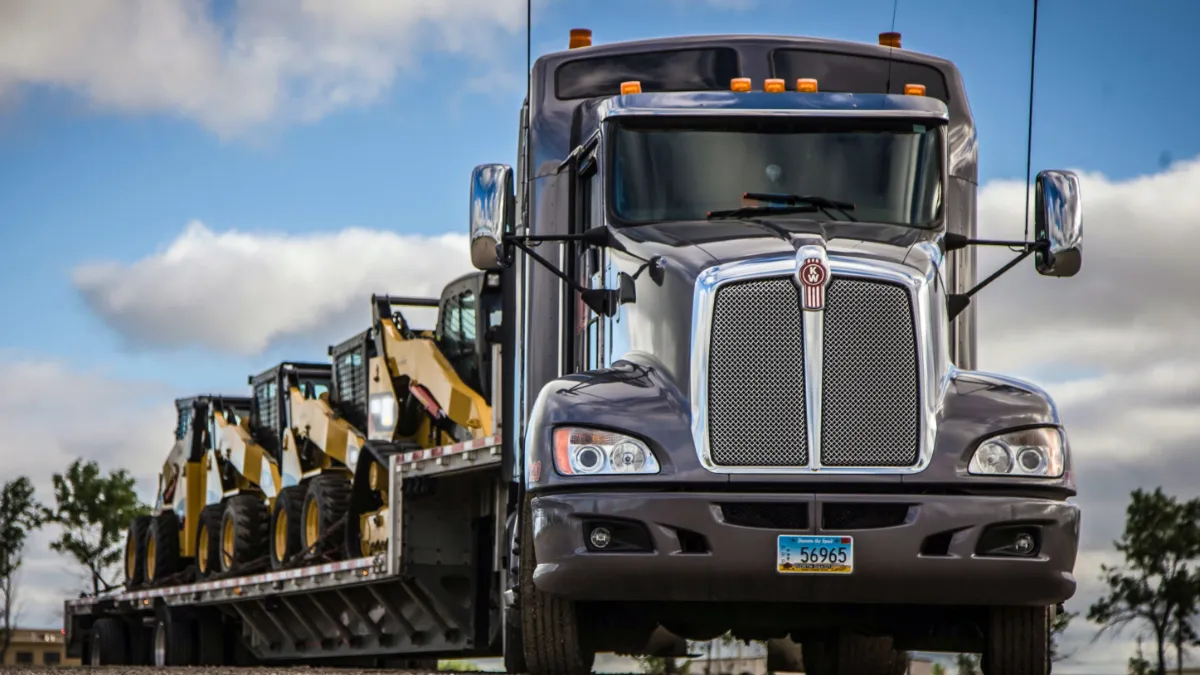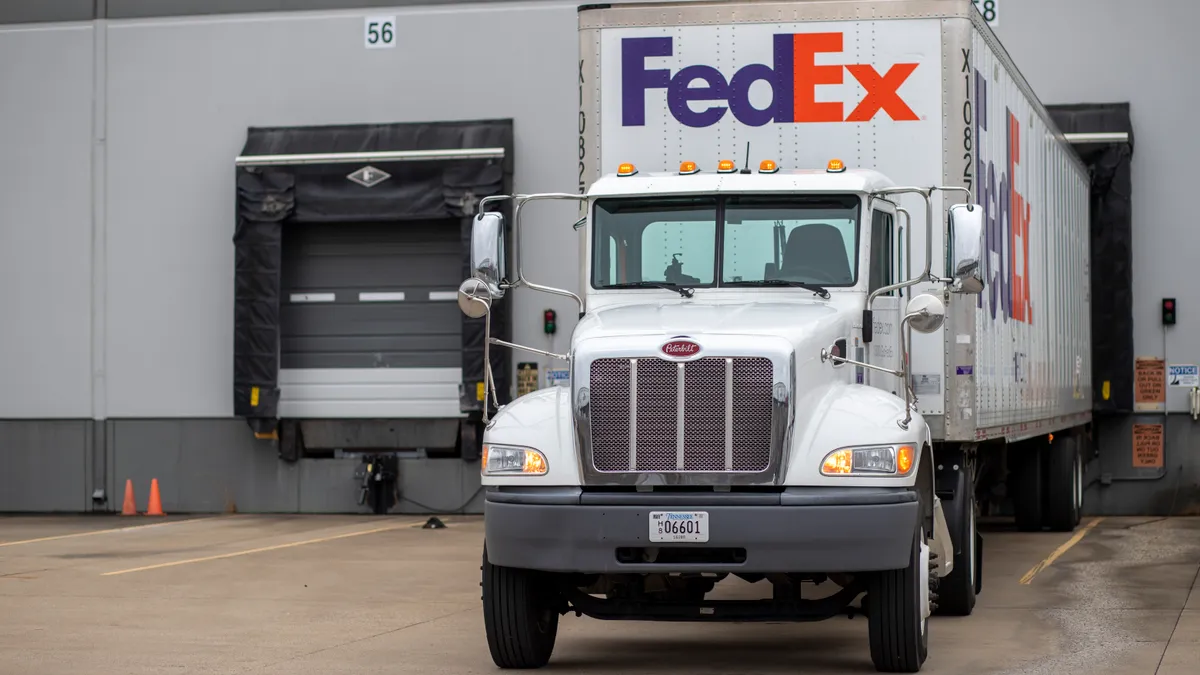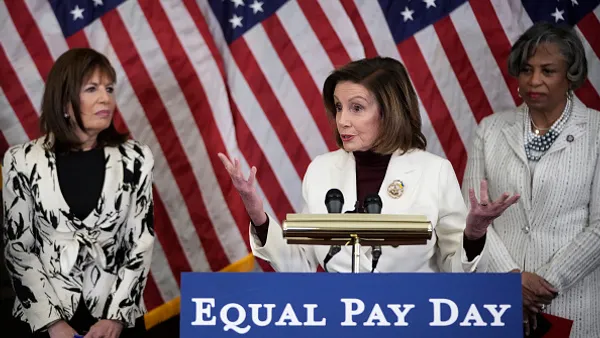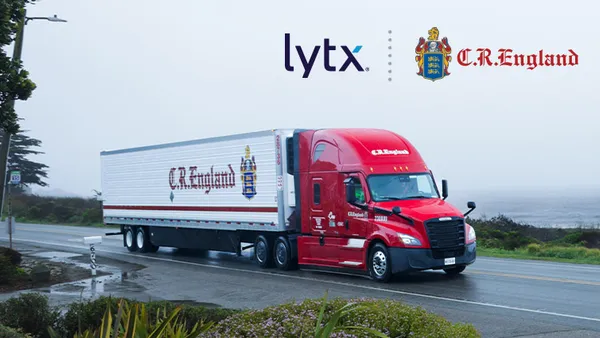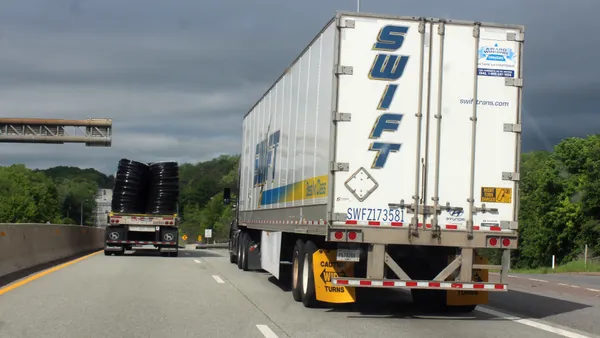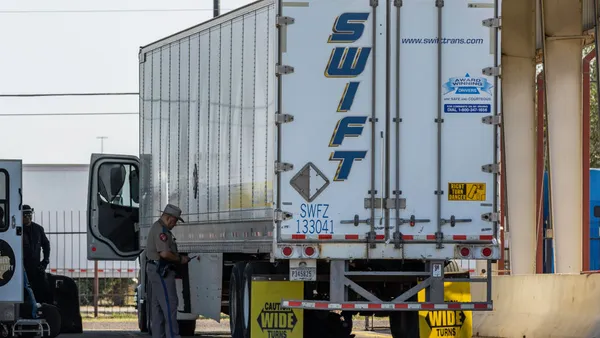As the industry continues to grapple with labor constraints — the American Trucking Associations puts a shortage of driver at 80,000 — employers are zeroing in on the most effective tools for recruitment and retention.
But what drivers want most right now is, essentially, "everything," said consultancy Cottingham & Butler's vice president, Kim Beck.
Home time tops the list for some, according to a recent survey of drivers conducted by Conversion Interactive Agency and Professional Driver Agency. Weekly pay guarantee was chosen as a distant No. 2, for what drivers find most attractive in a job.
But more and more executives across industries have started paying attention to the item ranking fourth on the survey: benefits. They're examining how to use benefits as a retention tool.
"A health plan is a form of financial well being for workers," Paul Fronstin, director of the health research and education program at the Employee Benefit Research Institute, told sister publication CFO Dive last fall. "If you drop it, people may leave. If you reduce it, people may leave."
Survey says ...
Cottingham & Butler recently released its 2021 Trucking Benefits & Compensation Survey, which collected data from over 300 motor carriers. One of the top trends found in the survey was expanded benefit offerings.
According to the results, the number of employers offering disability insurance, critical illness and accident insurance grew by more than 8% compared to the prior year's survey data. The reason is that these are low- to no-cost for the companies, the report said. In fact, 77% of respondents said they offer voluntary life insurance, and 67% offer accident insurance.
Employers are also shifting how quickly they provide benefits, according to Steve Sichterman, vice president of transportation-focused ConversionU at Conversion Interactive Agency.
"The market continues to heat up, so companies have to look for any advantage they can offer."

Steve Sichterman
Vice President of ConversionU
"The most competitive offering we are currently seeing is immediate medical coverage, eliminating any waiting period," he said. "This is something that began during the pandemic."
Beck's consultancy also sees demand for food vouchers and free food when drivers can't use truck stops, as well as more robust employee assistance programs and stress-counseling services, she said. Employees also want COVID-19 testing, treatment and vaccines covered at 100%.
Additionally, when it comes to spelling out benefits, 80% of employers are increasing benefit communications, or intend to do so, according to the MetLife 2021 Employee Benefits Survey.
Worth the expense?
While costs for most trucking companies continue to rise, Beck predicted spending on benefits to attract and keep drivers will continue into the near future.
"It's hard to say, but it looks like we will be in this situation for a while," she said. "The majority of motor carriers have been successful in getting increases from their customers to help with this and are allocating a larger percentage of revenues toward driver pay and benefits."
But Beck also expressed uncertainty on the value of spending more on benefits as a driver recruitment tool.
"It remains to be seen whether or not putting more money into benefits will have any meaningful impact on recruiting or retention now, or in the long term," she said.
TL fleets with 100-1,000 trucks spend the most on benefits
Sichterman added that looking to the future, the drive recruitment and retention game all comes down to competition.
"The market continues to heat up," he said, "so companies have to look for any advantage they can offer."
Pulling out all the stops is necessary at this juncture, but benefits are not at the heart of the driver shortage issue, said Beck.
"These workforce problems are not due to pay or benefits. We have a huge driver shortage that continues to get worse," she pointed out. "While these reactions may be helping to attract drivers away from other carriers or potentially hold on to the ones they have for longer, it isn't necessarily helping to bring more new qualified drivers into the hiring pool, or stopping those who are ready to slow down or retire."




